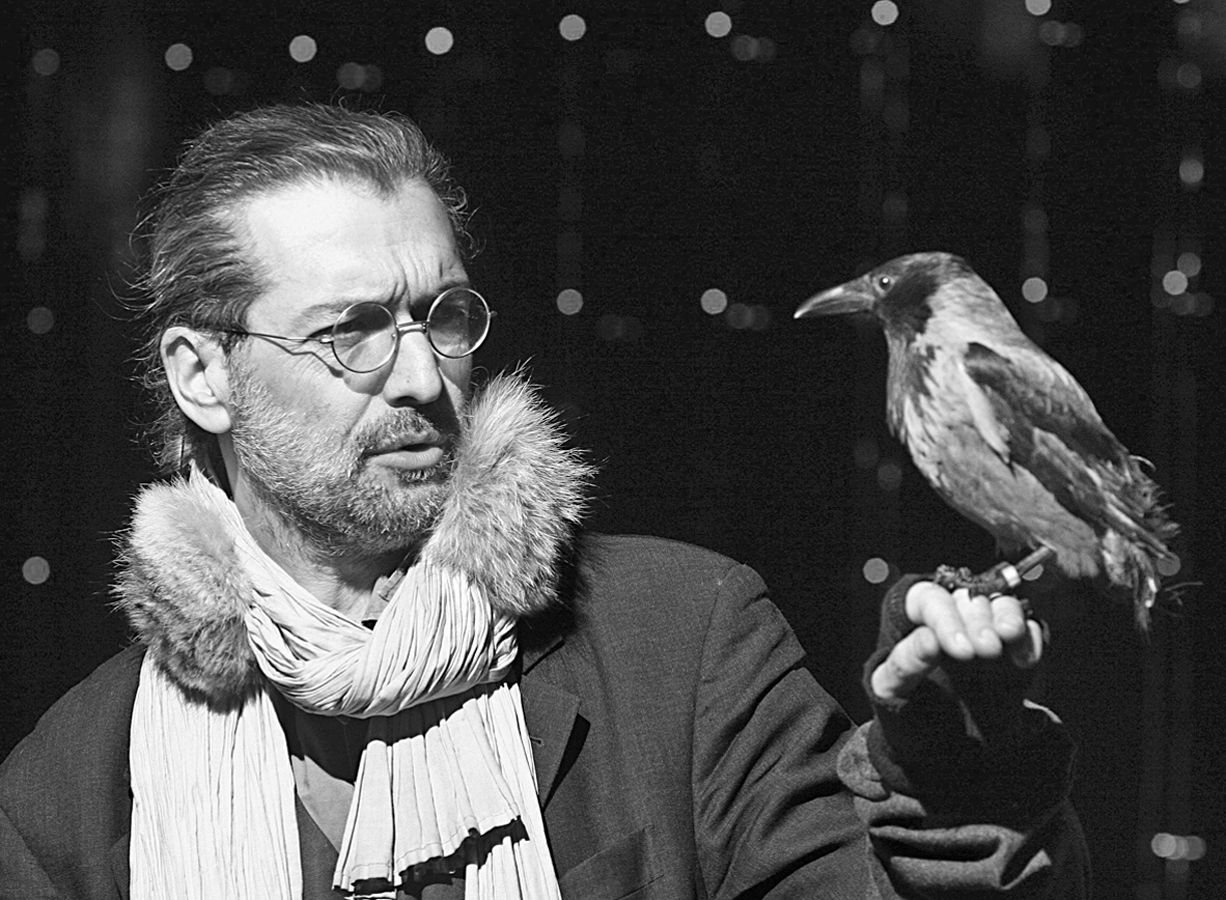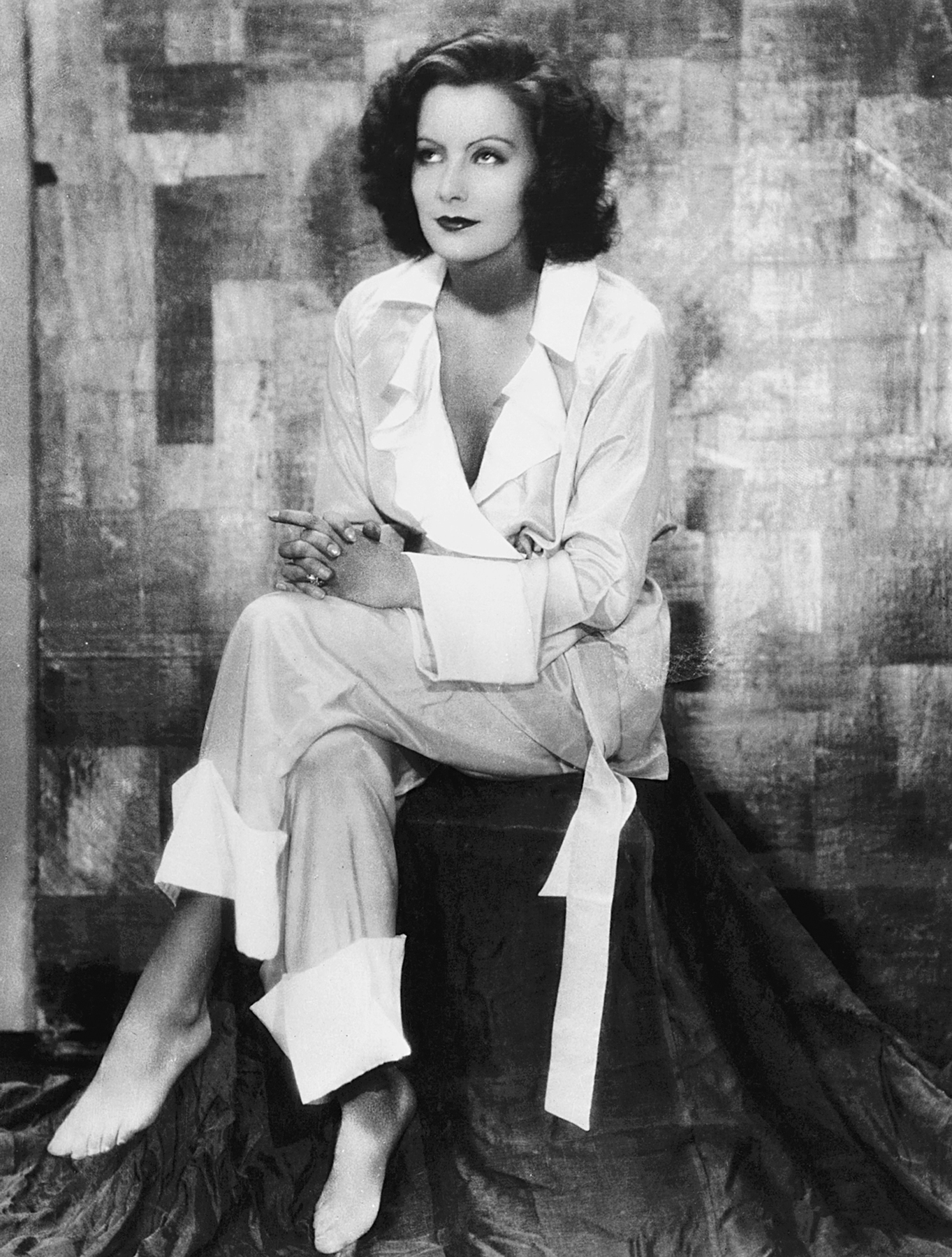40
Avignon, Vaucluse. July 1991. 11 p.m. 23°C. Late-night performance of Opéra équestre by the Bartabas theater group. Beneath indifferent stars, a woman’s voice rises in alien vocalese. Stepping out of the shadows, she circles the sanded ring. Her red-and-gold costume marks her as Berber, an Arab of the Sahara. She cradles a shrouded bundle, the object of her lament. A dead child? Kneeling, she unwraps the swaddling and, sobbing, shows us . . . the head of a white horse.
EVERY FOREIGN RESIDENT OF PARIS BECOMES AT SOME TIME A guide, whether they like it or not. The city and its customs are so intricate, its history so complex, that to leave the visitor to his or her own devices can appear cruel, even inhuman.
Even so, I resisted the role for more than a decade, and only surrendered when the literary event I helped run was in need of someone to lead a literary walk. Within a year, I was doing them two or three times a week during the warmer months—yet another Parisian adjusting to the weather and the seasons, fulfilling a duty that came with the territory.
These walks were exhausting, not so much for the walking as for the performance that went with them. Untrained as an actor, I knew none of the techniques by which professionals conserved their energy. After three hours “onstage,” I needed a couple of hours lying down in a dark room.
All of which made me more respectful of those performers who not only conducted audiences around a private world but also invented that world and the people who populated it.
I don’t remember exactly when I met Hans Peter Litscher. He seems to have always been there, head and shoulders above the crowd at a party, deep in conversation with the most beautiful woman in the room. Tall, bespectacled, bearded, graying, in a ground-sweeping overcoat and with a thick scarf wrapped around his throat, he might have just stepped in from some high and chilly place. Even in summer, one would not be surprised to see him brush a snowflake from his shoulder or shake frost from his hair.
Hans Peter was born in Switzerland but is at home everywhere. His eccentric theater pieces are so uncategorizable that they have a category of their own, Litscheriade. For an opera company with too many sopranos on the payroll he conceived a libretto in which a wandering dwarf stumbles on a community of seven Snow Whites. A German town in need of tourists paid him to transform a decaying hotel into an upmarket chamber of horrors, supposedly the inn where Alfred Hitchcock spent his honeymoon and which inspired his career of shock and suspense.

Hans Peter Litscher and friend.
Hans Peter Litscher. January 12, 2006. dpa picture alliance archive/Alamy Stock Photo.
In each case Hans Peter appeared as part of the show, a critic and musicologist explaining the background to the piece, a curator conducting visitors through a museum of memorabilia.
I learned not to be startled by his unannounced appearances at our door, a beribboned box in hand from the season’s trendiest patisserie and with a fund of stories about his latest project.
“I don’t suppose,” he said during one such visit, “that you know where I can find a kangaroo costume?”
Remembering an Australian film that used one, I loaned him the DVD. A few months later we were invited to the premiere of In Search of Eleonora Duse’s Red-Headed Boxing Kangaroo at the Swiss Cultural Center in Paris.
After the few dozen spectators assembled in what looked like a small regional museum, the curator—Hans Peter, of course—descended from upstairs, greeted us, and proceeded to explain, with reference to the exhibits in the glass cases, how Italian actress Eleonora Duse, star of the late-nineteenth-century stage, had rescued a boxing kangaroo from a circus and taken it with her on her travels, smuggling it into the most fashionable hotels of Europe. For the second half of the show we moved to a small theater, where we heard further tales of Duse and Marcel Proust and Duse’s lover Gabriele D’Annunzio, spun by Hans Peter, now dressed as a kangaroo.
His fantasizing was seductive. A few days after seeing him in the Duse show, I found a battered single volume of one novel from Proust’s In Search of Lost Time. The label of a lending library in Karachi showed it to have last been checked out in 1922. I sent it to Hans Peter with a long and rambling letter in a shaky hand, supposedly from a descendant of the man who caught and trained Duse’s kangaroo and, through her, became a friend of Proust’s. Next time the piece is staged, I fully expect to see both the book and letter included.
Two years ago, a press release for the latest Litscheriade arrived in the mail. His subject this time was close to my area of expertise.
With Garbo in the Grigioni Canton, with Hans Peter Litscher. Exhibition, guided tours & performances in Chur, Klosters, and Samedan.
What could have moved a breathtakingly beautiful Hollywood icon to put an abrupt end to her movie career at the age of thirty-seven, and thenceforth spend her summers at the far end of the Prättigau valley in Graubünden?
Staying in unassuming hotels at first and in a rented apartment later, Greta Garbo spent her days taking walks and practicing yoga until she passed away on April 15, 1990, at age eighty-five.
Hans Peter Litscher was intrigued precisely by the many blanks surrounding the mystery guest of Klosters. He embarked upon a quest to find the traces that Garbo left behind in Graubünden and to reassemble the mosaic of her life there, stone by stone. In Klosters, he found x-rays of Garbo’s feet, the cane, shoes, and clothes she wore, and innumerable objects Garbo used there at the end of her life.
Foremost among these treasures is the discovery of the estate of local shoe salesman and foot fetishist Chasper Caflisch (1947–1990). Mesmerized by Garbo’s body language, he followed the diva’s every step during her long visits here, stalked her, and recorded her life in minutest detail.
Shortly before his suicide on the anniversary of her death, Caflisch assembled a veritable Garbo mausoleum in his mobile home. This “Taj Mahal on wheels” serves as the core of Hans Peter Litscher’s Garbo production.
“So now it’s Garbo,” I said next time we met.
“I thought you’d find that interesting.” He bit into an éclair. “I’ll let you know when we do it in France. You must come.”
“But there weren’t really x-rays of Garbo’s feet, were there?”
“Of course.” He looked offended. “Why not?”
“And this obsessive collector, Caflisch. He’s another of your creations, isn’t he? Like Duse’s kangaroo?”
“You don’t believe in the kangaroo? How sad. But of course it’s true about Garbo. Everyone knows she spent time at Klosters.”
“Well, yes, but . . .”
“And it’s common knowledge that she liked to walk.”
“I suppose . . .”
“So why so skeptical? Incidentally, did I tell you the town council is thinking of renaming her favorite hill Piz Garbo, Mount Garbo?” He leaned forward. “Is there any more tea in the pot?”
As I poured, I said, “A pity this Caflisch isn’t around to back up the story.”
“But there’s his documentation. You should see it. Maps, doctor’s reports . . . He made a film about her. And composed some music—a serenade for wind instruments—dedicated to her.”
“The score for which has since been lost, no doubt.”

Garbo and her feet.
Anonymous. Greta Garbo in Pajamas and Bare Feet. 1928. Metro-Goldwyn-Mayer.
He shook his head sadly at such cynicism. “I see you will not let yourself be convinced.” He sighed. “Well, this has been most pleasant. Do you mind if I eat this last éclair?”
A few days later an anonymous email arrived, with a link to a posting on YouTube. Greta Garbo at the Foot of the Magic Mountain.
The film showed the stage in a small theater. Three musicians, a woman and two men, dressed in ethnic costumes, blew a lugubrious serenade on two-meter-long wooden alpenhorns, the native instrument of Switzerland. On the screen behind them, clips played from Garbo’s movies, all of them featuring her feet: in ballet slippers for Grand Hotel, long leather boots for Queen Christina, clumpy brogues for Anna Christie.
Caught again, dammit!